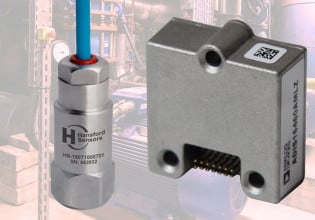A
Hello all!
Small issue on my road to control instrumentation knowledge.
I need to know what temperature sensor/assembly to use with my FL1D-H12RCC IDEC nano-PLC (Siemens rebadge, I believe).
Input is 0-10V analog PNP. I need to measure the temperature of the air right near the PLC - maybe two feet away inside a small enclosure (terrarium). There is a large 200W fluorescent bulb with attached ballast about two feet from the point of measurement, I don't know if that qualifies as a source of interference.
The overall application is maintaining an air temperature ceiling of 24 degrees celsius, via PLC/contactor activated vent fan. The lamp heats things up a bit, as does the heat pad. I keep reptiles.
I'm kind of new to this stuff. Should I direct wire, use a thermocoupling with some sort of amplifier? Should I use a temperature transmitter? Is there some device I am unaware of that is ideal for this? I'd like to spend as little money as possible.
Thanks for any help, and if I'm missing anything in my description, feel free to ask, I'll reply promptly.
-Alan
Small issue on my road to control instrumentation knowledge.
I need to know what temperature sensor/assembly to use with my FL1D-H12RCC IDEC nano-PLC (Siemens rebadge, I believe).
Input is 0-10V analog PNP. I need to measure the temperature of the air right near the PLC - maybe two feet away inside a small enclosure (terrarium). There is a large 200W fluorescent bulb with attached ballast about two feet from the point of measurement, I don't know if that qualifies as a source of interference.
The overall application is maintaining an air temperature ceiling of 24 degrees celsius, via PLC/contactor activated vent fan. The lamp heats things up a bit, as does the heat pad. I keep reptiles.
I'm kind of new to this stuff. Should I direct wire, use a thermocoupling with some sort of amplifier? Should I use a temperature transmitter? Is there some device I am unaware of that is ideal for this? I'd like to spend as little money as possible.
Thanks for any help, and if I'm missing anything in my description, feel free to ask, I'll reply promptly.
-Alan






